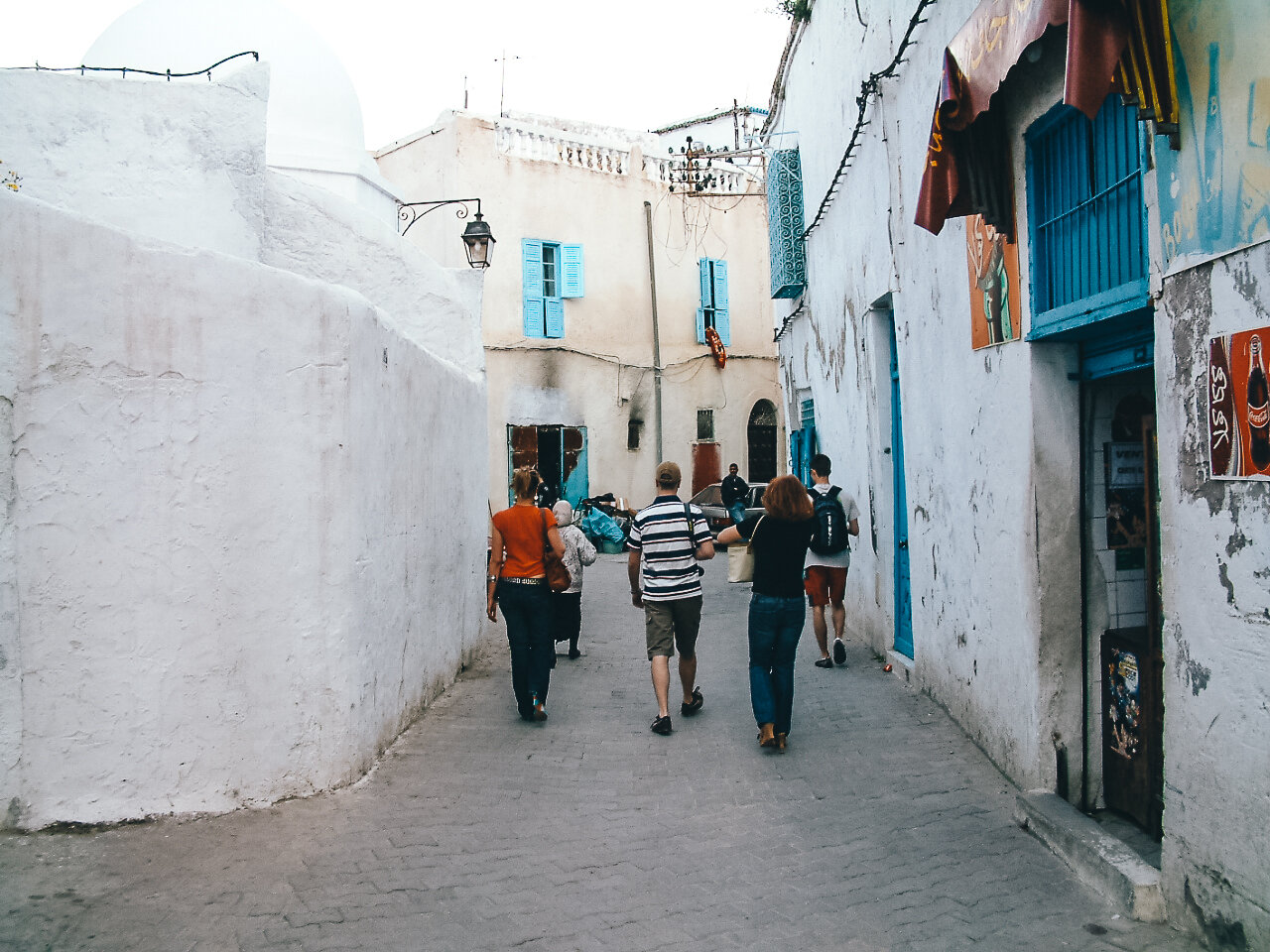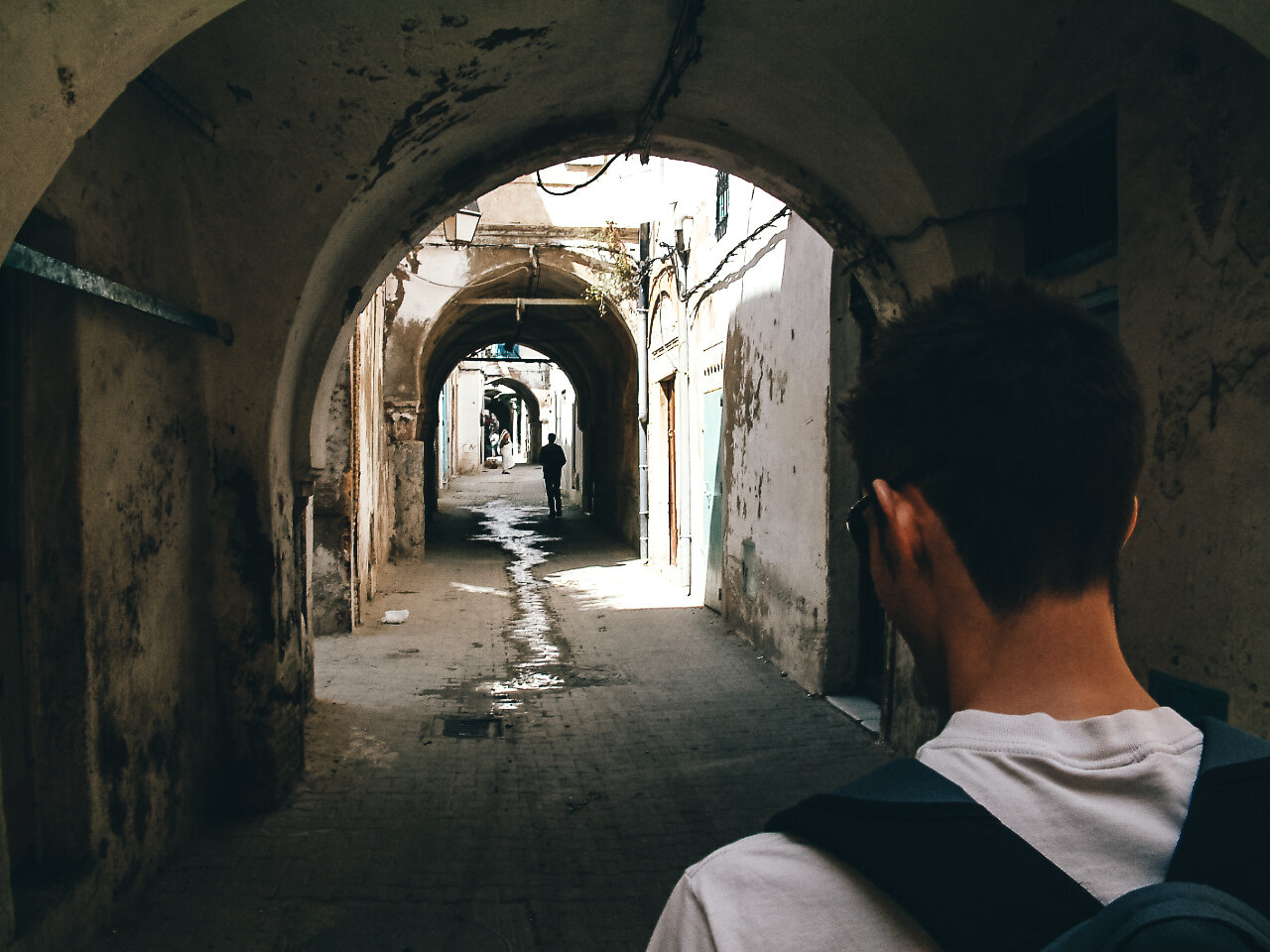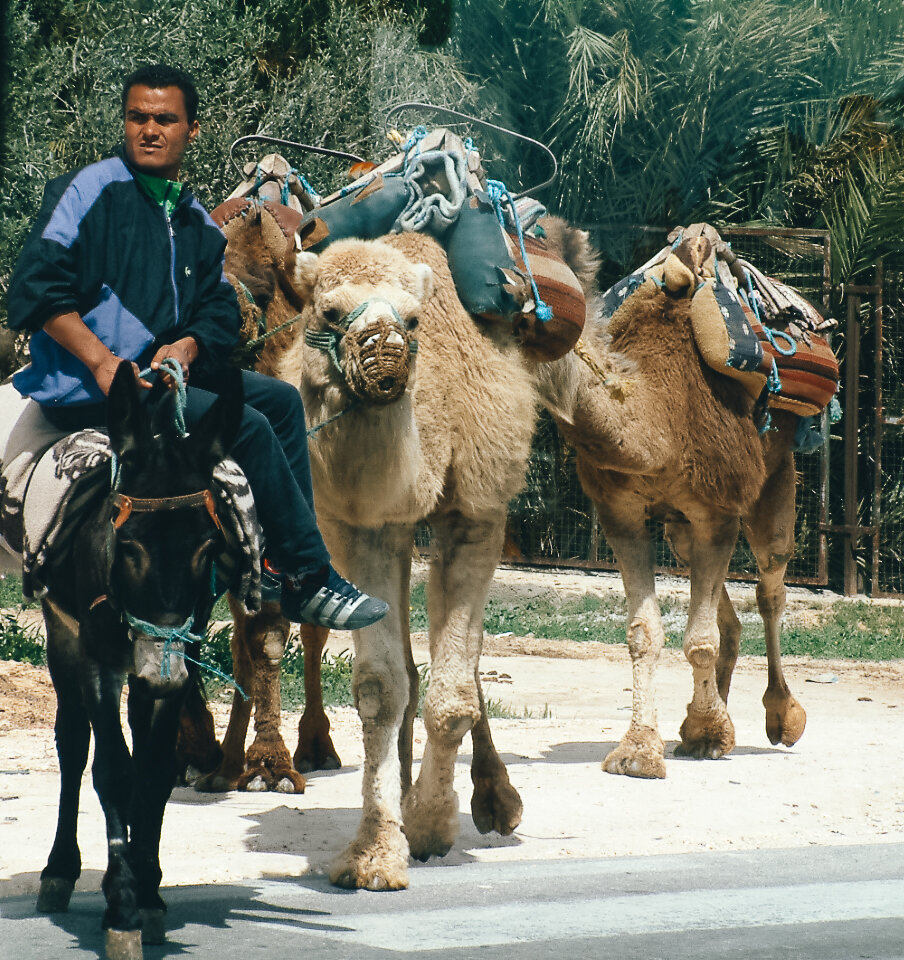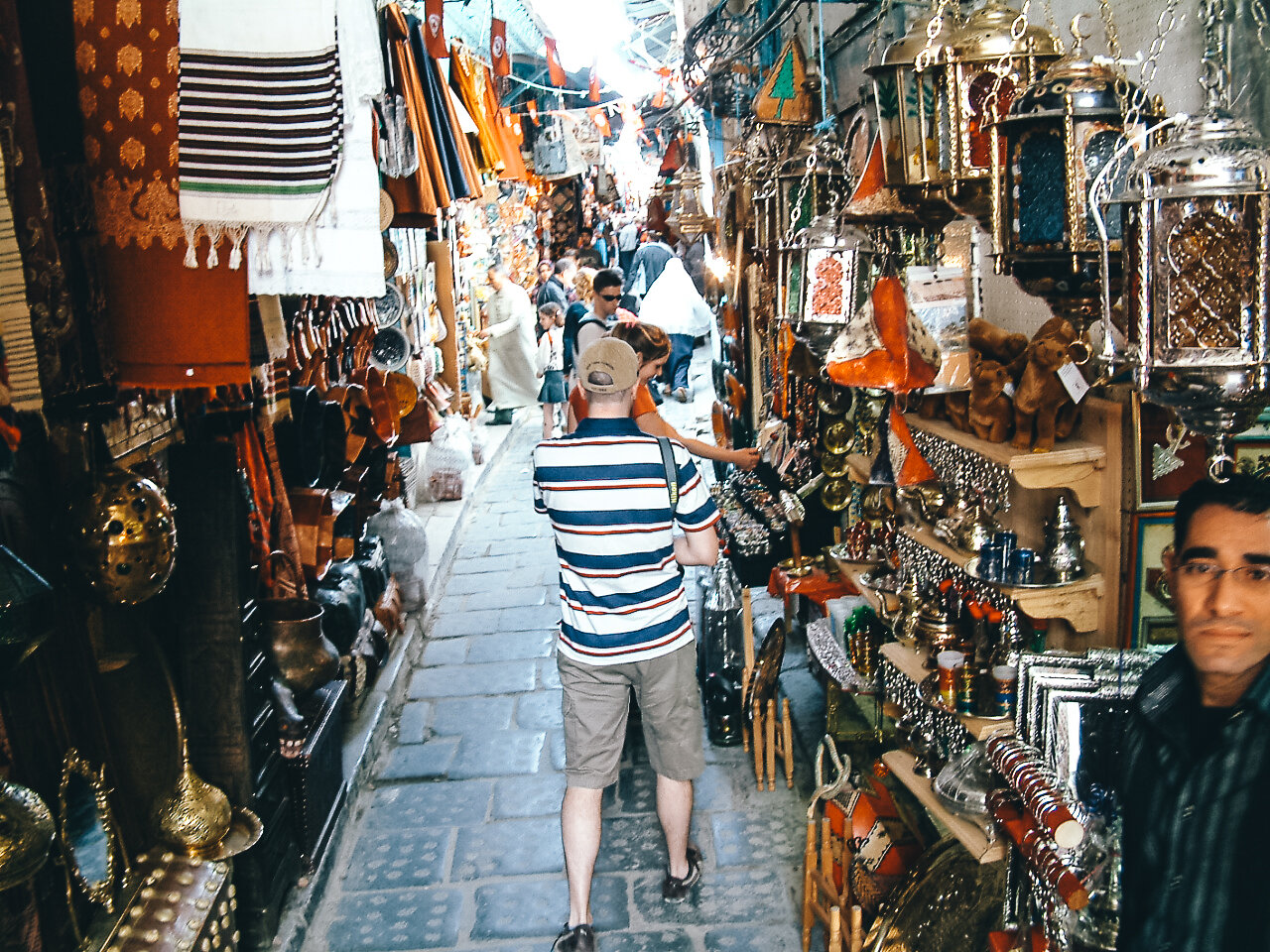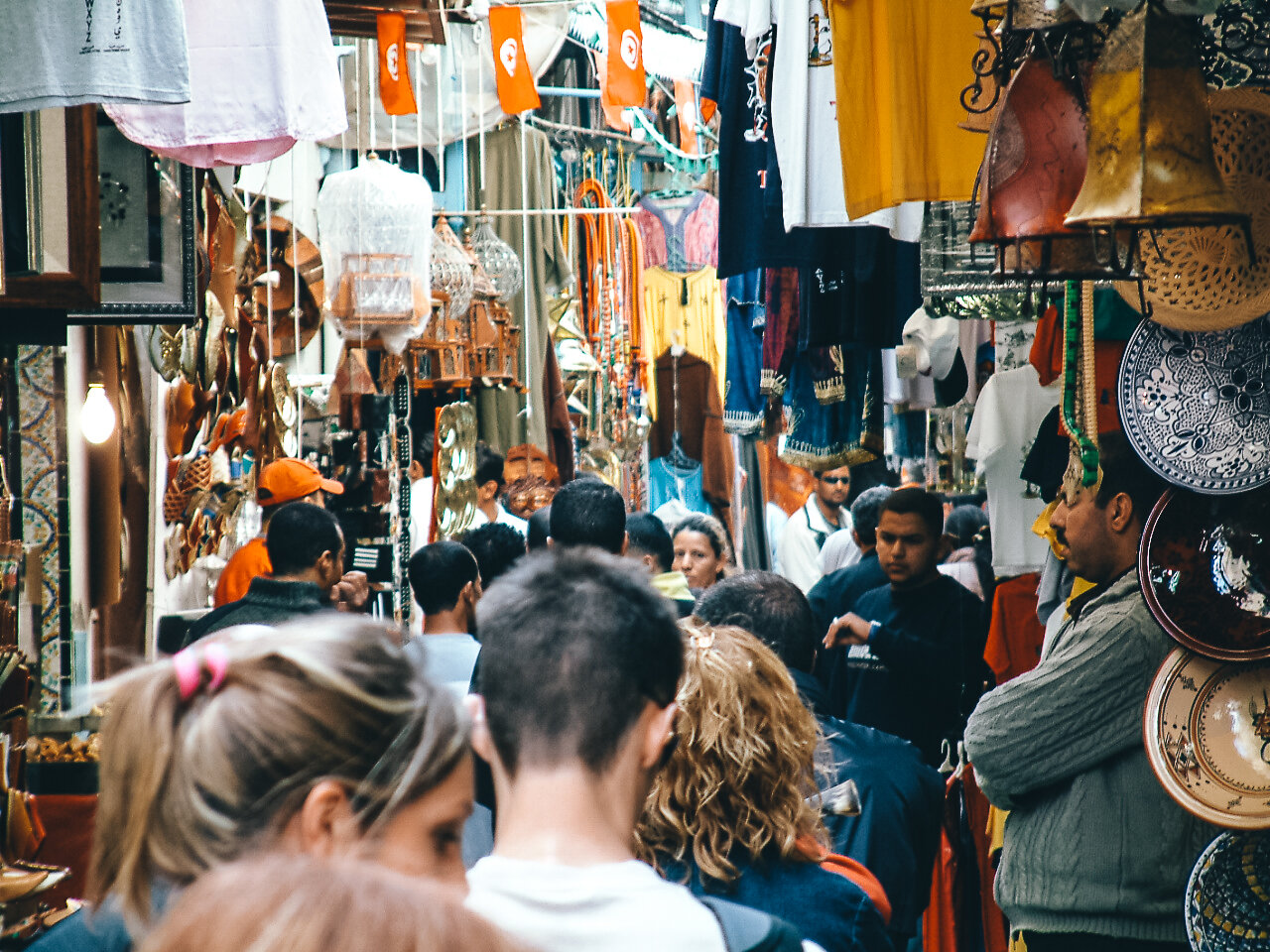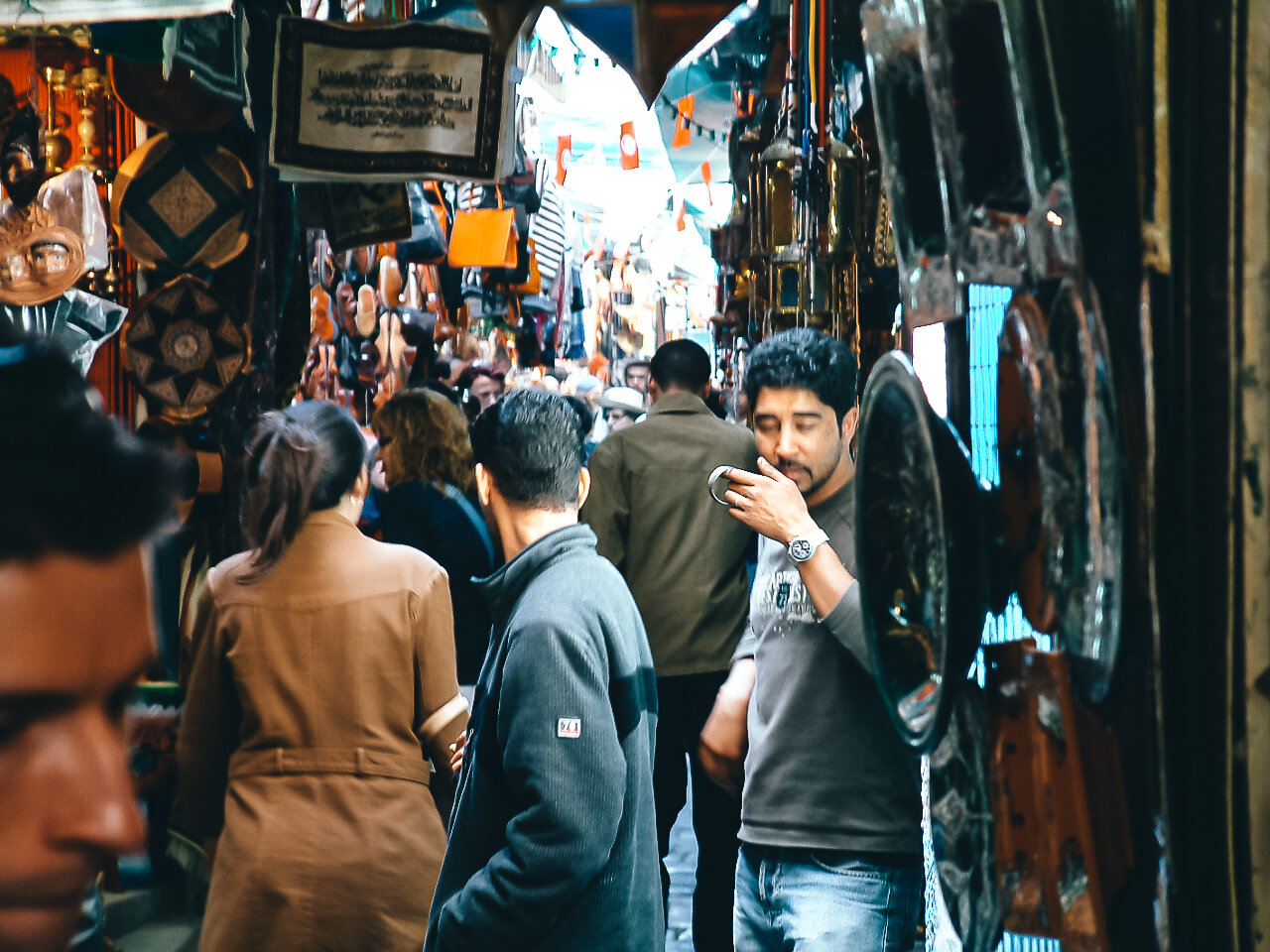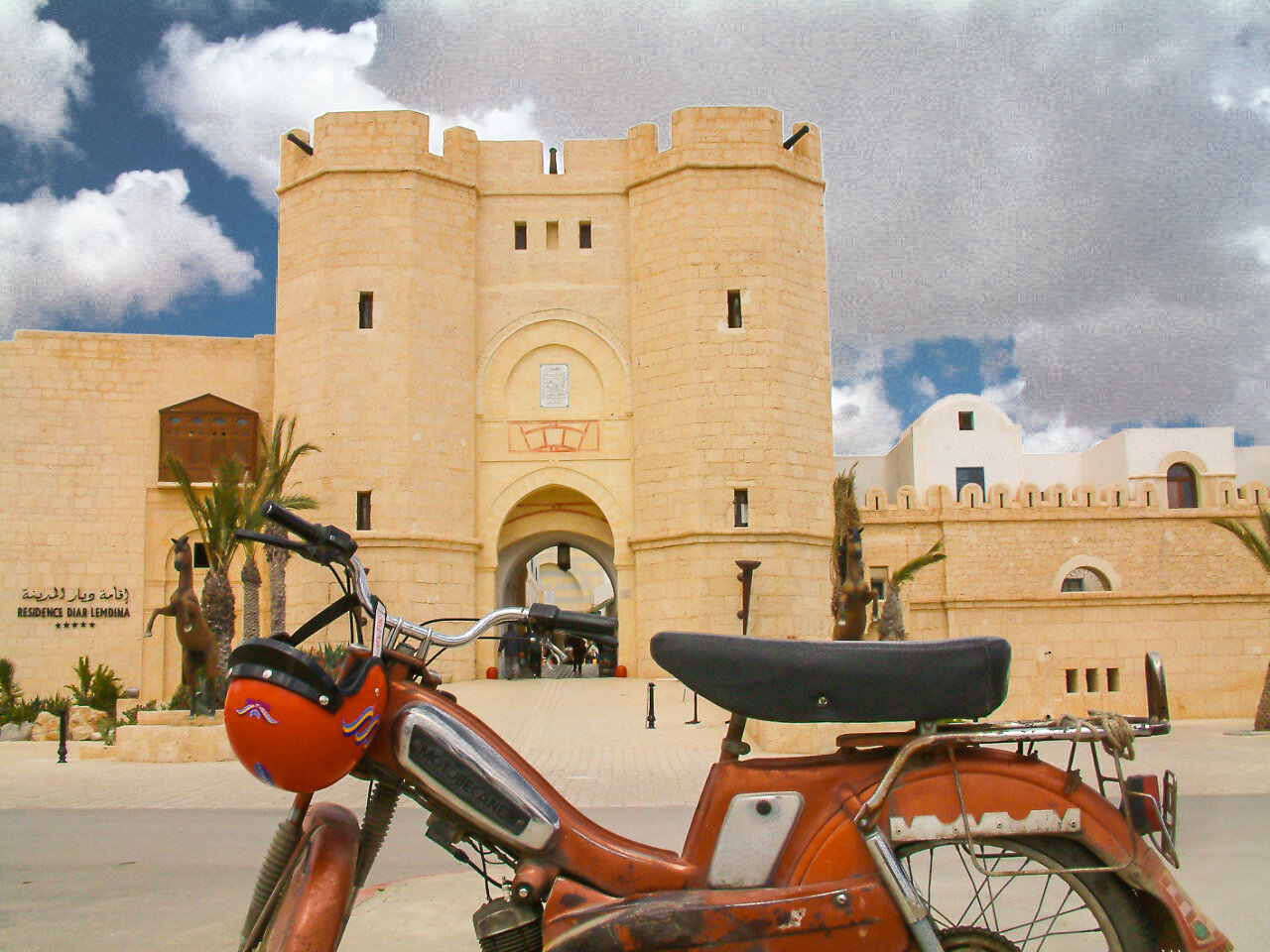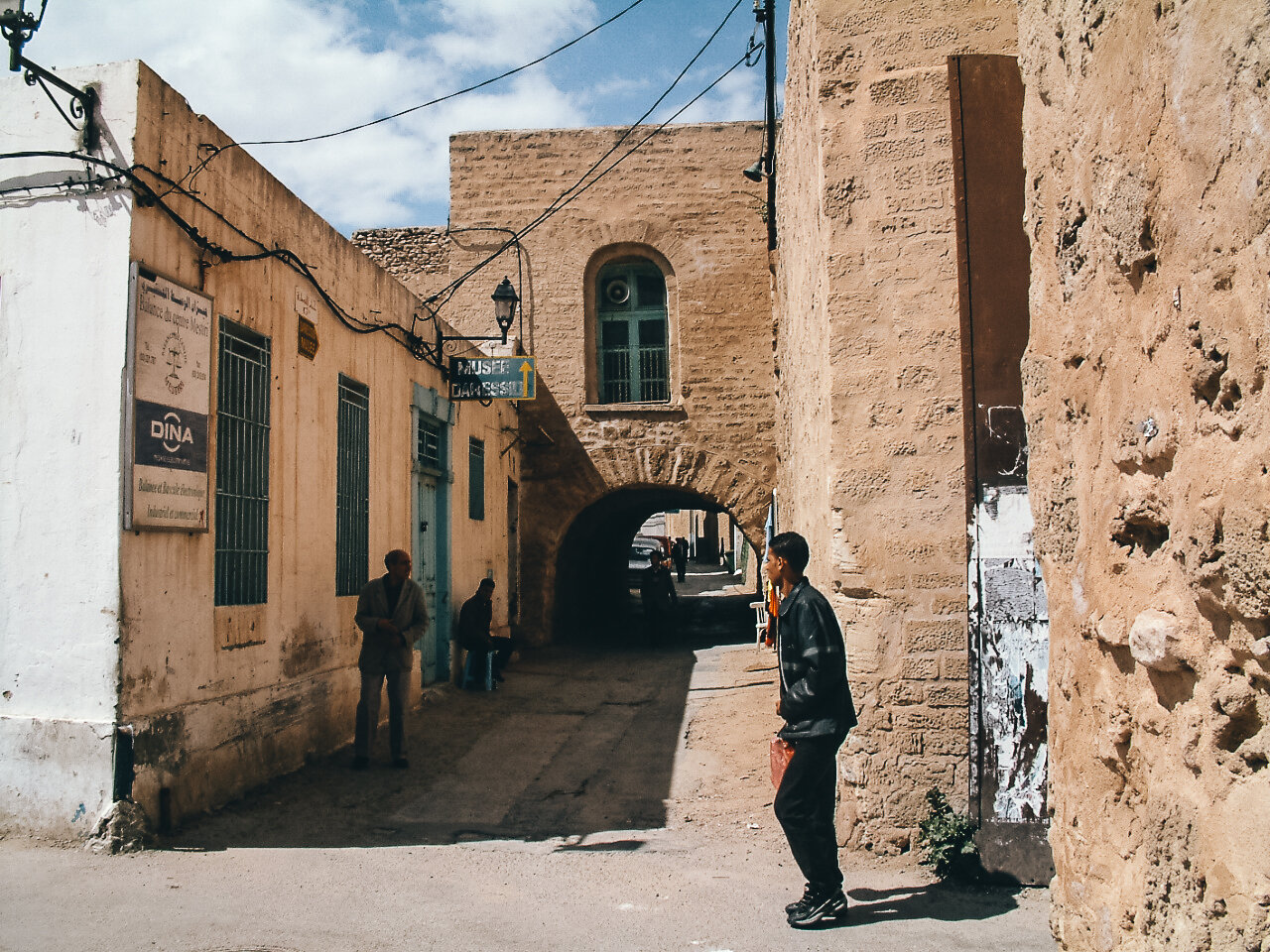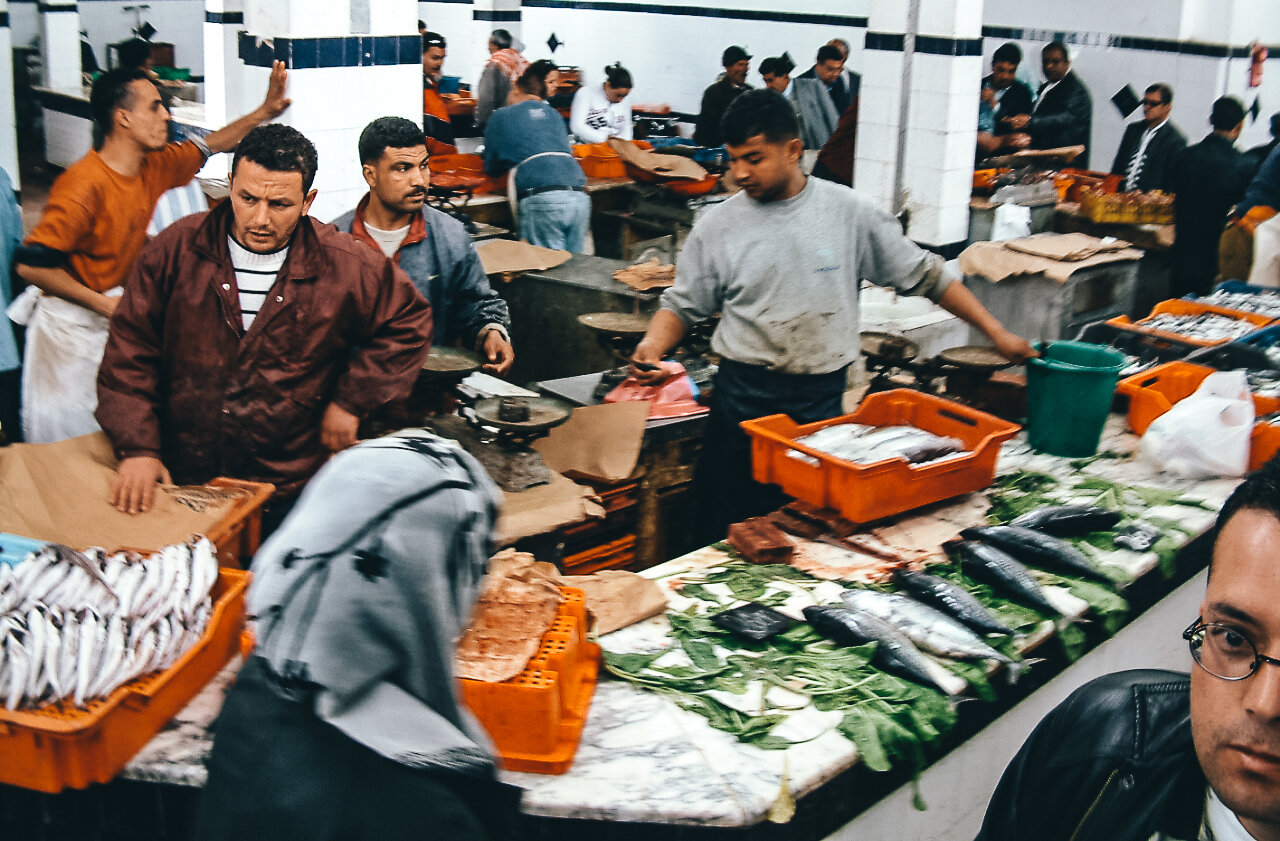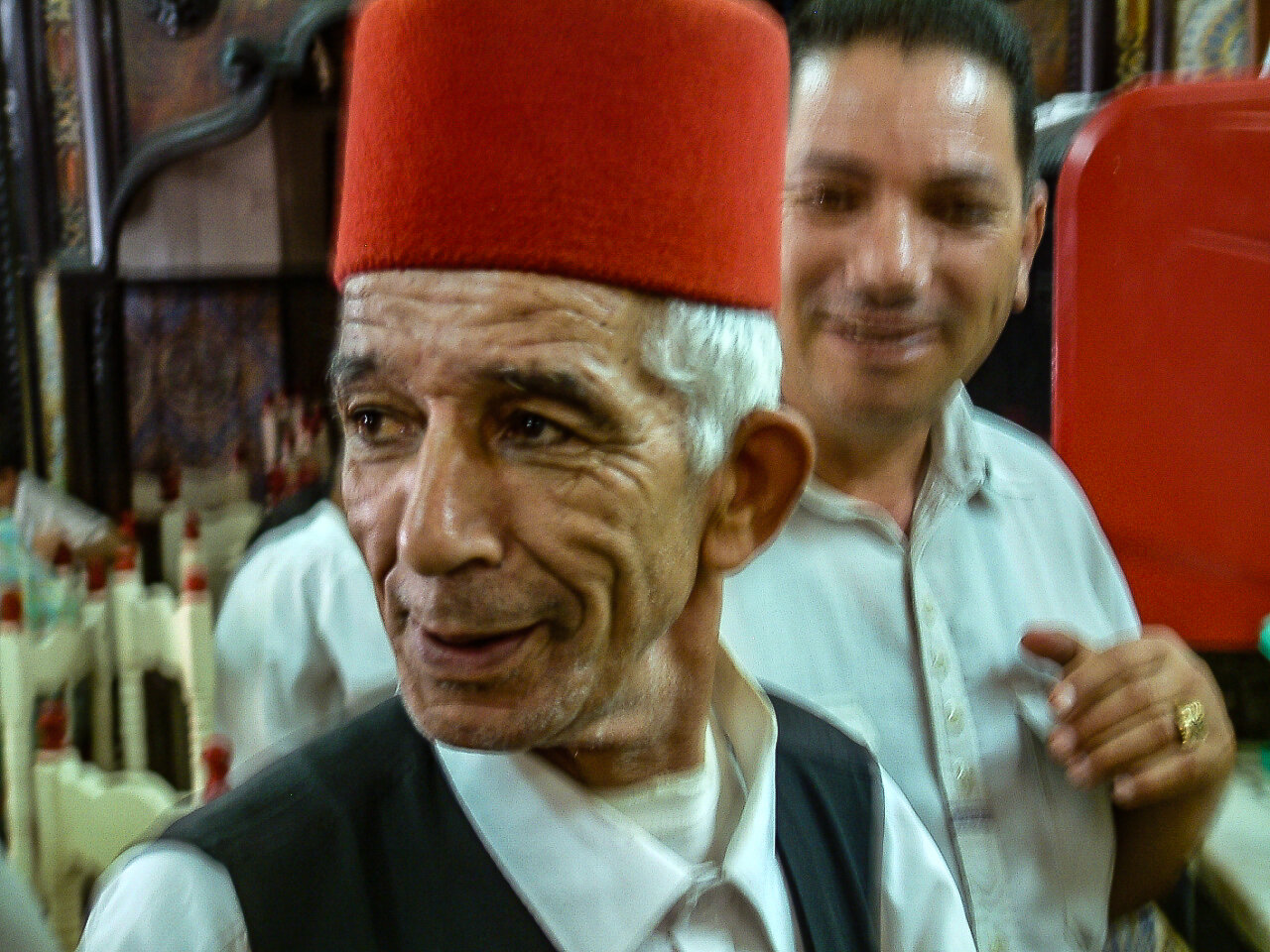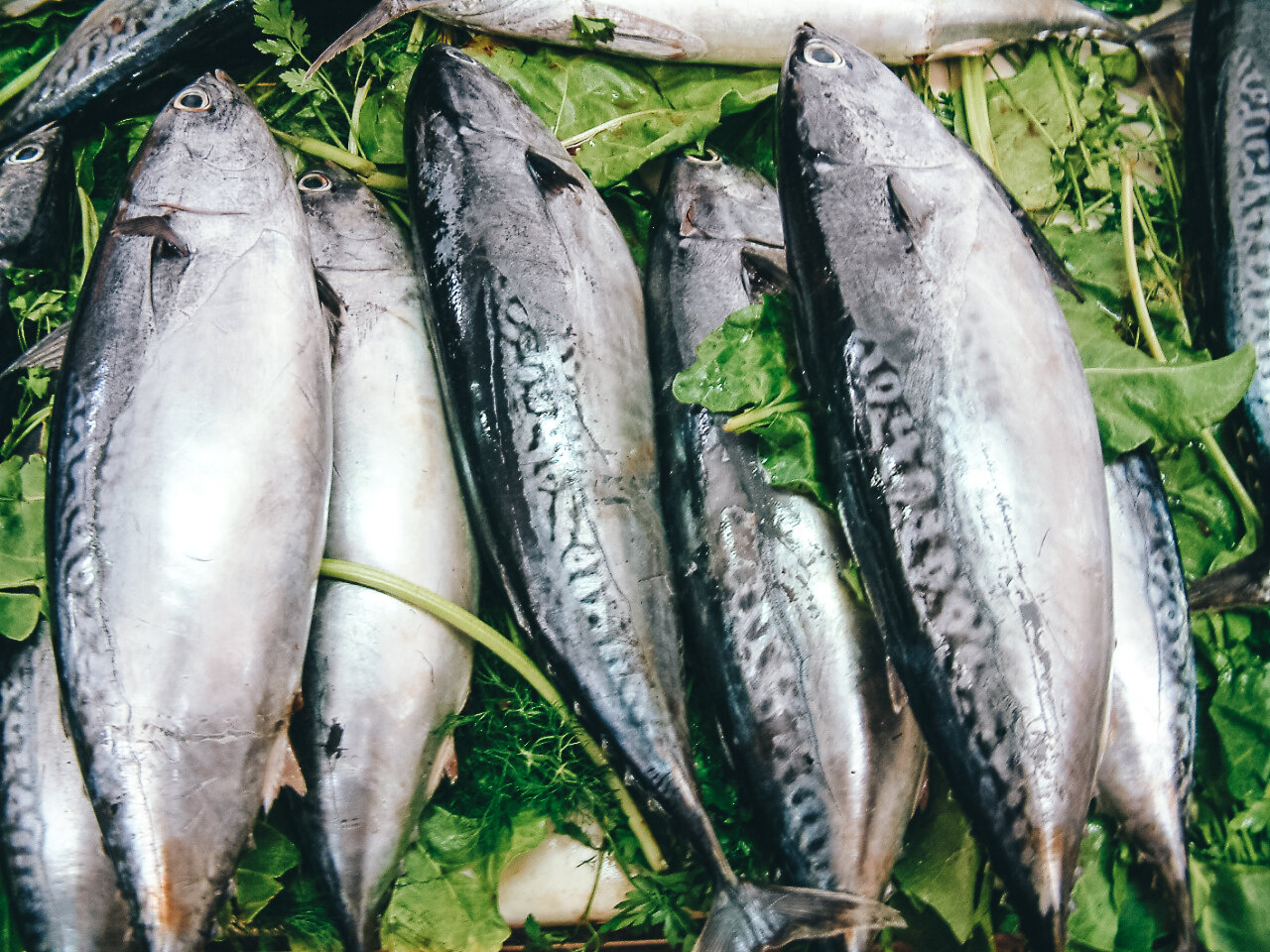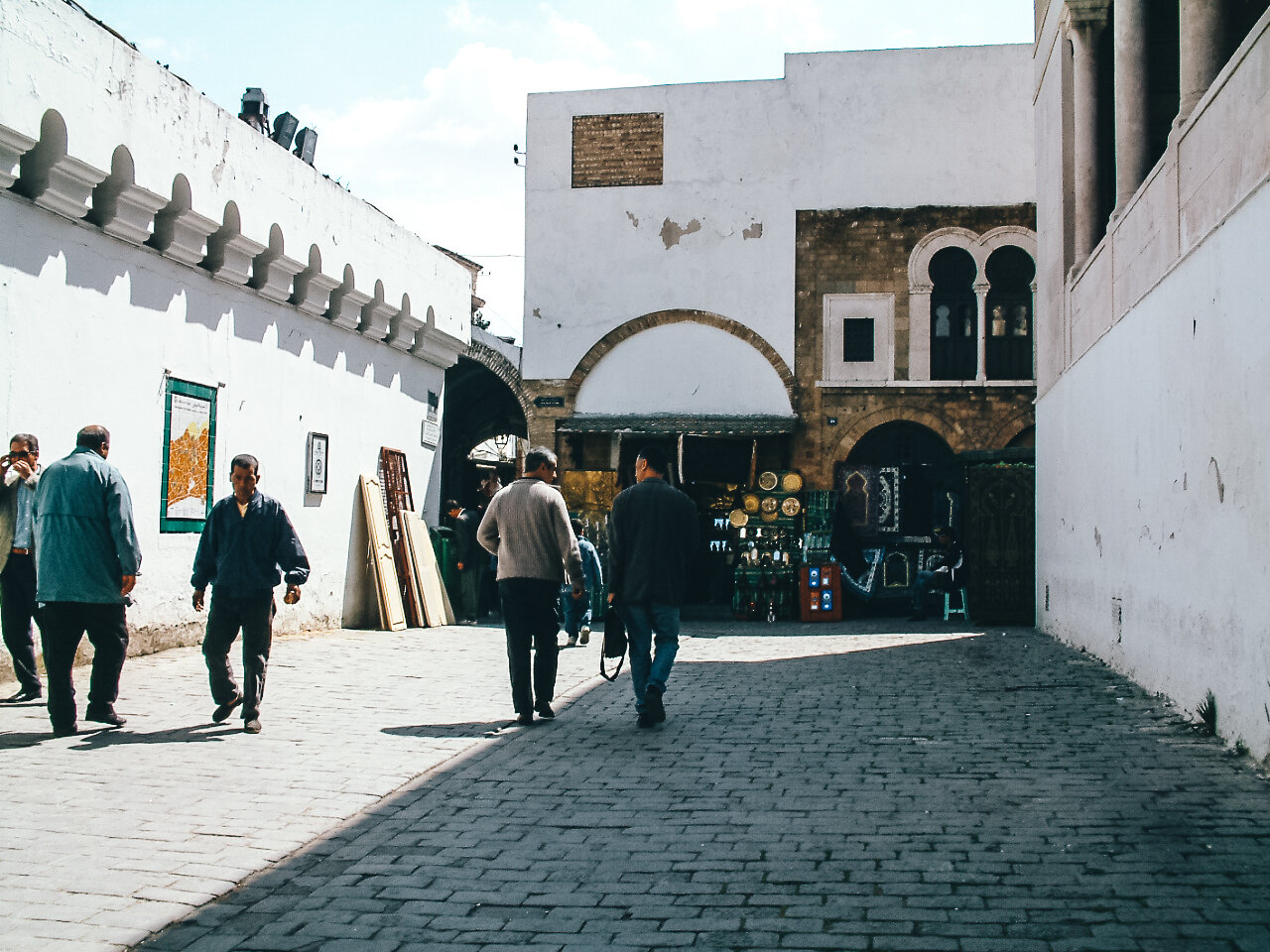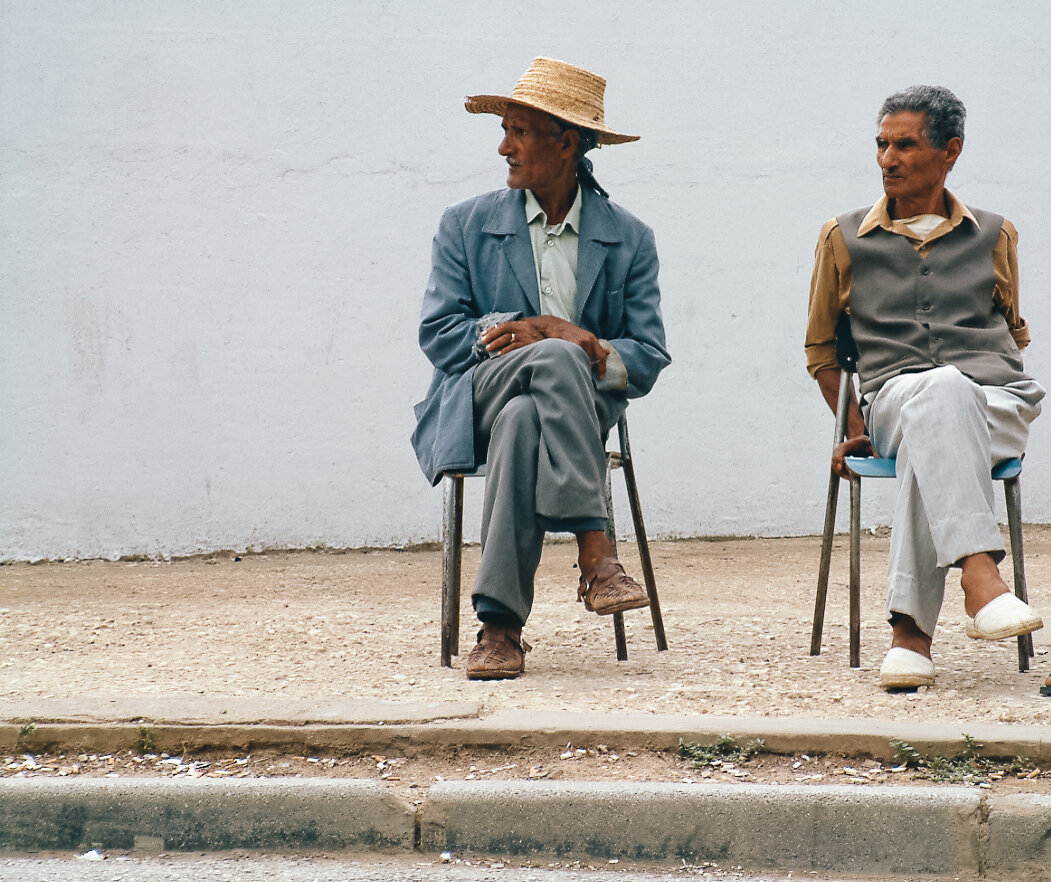The Souks of Tunisia
Entrance to the souk in Tunis
Just 20 minutes - that’s all we had time for as we entered the central medina in Tunis – and I was fed up because, to do the vast, fascinating, colourful labyrinth justice, you need a day. That was a year ago and I had to be dragged out of the medieval bazaar kicking and screaming, grabbing handfuls of ludicrously cheap herbs and spices as I went.
The man from the Tunisian tourist office looked concerned – it hadn’t really struck him that a visitor might find such an untidy, anarchic, place quite so absorbing. He was more accustomed to promoting the conventional sites like the impressive ruins at Carthage, and hosting whirlwind tours of five-star hotels.
I don’t mind a ruin or two, but give me a vibrant living piece of history any day. And that is exactly what you get in the great medinas of Tunisia. They are genuine organisms of the living past, and do not exist solely to pander to foreign tourists.
Other North African and Middle Eastern countries have such places, but sometimes you get the feeling that we Westerners are not altogether welcome. Tunisia is different. There is something altogether more relaxed, less oppressive and less threatening about wandering freely and alone around its crowded market places compared to others I have known – especially these days.
So when the same tourism official offered me a special four day tour blending visits to the medinas with overnight stays at some of Tunisia’s most luxurious spa beach resorts, I grabbed the trip with all the enthusiasm of an amateur cook let loose in a spice bazaar.
It’s the sort of excursion that the more adventurous can enjoy as a long and very exotic weekend. Your days are filled with North African promise, your late afternoons and evenings render you thoroughly pampered.
Arriving at Tunis we were whisked a few miles to the ancient port of Carthage and deposited in the highly sophisticated Corinthia Khamsa Hotel.
If you are anything like me, the first thing you want to do upon reaching a country is to taste its cuisine. The experience can somehow set up the trip, and the Corinthia Khamsa was no disappointment when it came to fabulously delicious, authentic, local food.
I was attracted by the following item on the menu: “Lamb cooked in a clay spout”. It was just that. The meat stew came rammed into a sort of sealed clay pot which the waiter had to carefully smash with a silver hammer. The cinnamon and other spice flavours which poured forth were intense, but there was also the definite and rather interesting tang of clay.
Next morning we were off to the central medina in Tunis. Medina, by the way, means “old town” – and it can be full of various souks (markets) selling anything and everything from cement mixers to spices - taking in clothes, shoes, leatherwork and artwork along the way.
The medina at Tunis is everything, and more, that you imagine a Middle Eastern bazaar to be. Forget bothering with a sense of direction – the place is a warren on a huge scale and you must simply wander and hope for the best. We lunched at the famous Dar Bel Haj restaurant which we somehow found in the centre of the medina. It’s an extraordinary old place, tall and cool, lined with thousands of ornate tiles in Moorish style.
The food gave us an instance glimpse of Tunisia’s traditional cuisine and also into the generosity of its people. Bowl after bowl of intriguing salads were placed into the middle of the table and we were filled to the brim with strange mixtures of egg, fish and various vegetables long before the meat-laden mains turned up to kill us off.
My own best-buy in the medina was a huge, heavy, hooded shepherd’s cloak made from a sort of felt. On cold winter days this 20 euro bargain now provides me with the warmest dressing gown ever invented.
After a day haggling (yes, haggling is almost compulsory when attempting to buy anything in the souk) we travelled south to the modern coastal resort of Port El Kantaoui.
An early evening stroll around the marina provided us with the wind-down necessary after two hours spent on somewhat alarming Tunisian roads, and I soaked away a further hour in Hotel Hasdrudal’s wonderful seawater swimming pool which is equipped with any number of muscle relaxing jets and whirlpools.
The next morning I strolled down the boardwalk through the dunes and found myself on an endless white beach that was empty save for a man on a moped who dashed along the waters edge as fast as the thing would go. Apart from him, I was utterly alone.
South of Port El Kantaoui we arrived at the ancient coastal town of Sousse where we spent the morning in another vast medina. This one is somehow lighter and more airy than the capital’s old town, but extensively labyrinthine nevertheless. The stall-holders and shopkeepers are a little more used to European tourists and so hit you with a harder sell, but we were soon able to find refuge from both the haggling and the heat in a cool, subterranean bar that seemed to sell nothing but the fresh crushed juice of various fruits.
Refuelled, I spent an hour looking around the various food markets and drooled, not only at the vast array of produce on offer, but also at the prices. Fresh fish was piled in small mountains, each of which cost less than a British portion of chips. The vegetables were even cheaper. A pile of multi-coloured carrots caught my eye – they looked for all the world like a sort of ice lollypop I remember buying as a kid. Also impressive were vast piles of the whitest and largest bulbs of fennel I’ve ever seen.
The only off-putting section of the market was Sousse’s version of Barnstaple’s Butcher’s Row. Not nice. Sheep heads lay forlornly on chopping blocks with their sad dead eyes glinting in the sun. Everywhere there was blood and bone, tripe and lung. The place yelled death, which I suppose, is what a butcher’s is really all about.
After Sousse we visited the modern resort of Yasmine Hammamet where we were taken around the brand new medina.
Then for the ultimate relaxation: we travelled up the coast to the older town of Hammamet where staff at the palatial Nahrawess Hotel had what they described as a “surprise” in store for us. As he led us to hotel’s the £multi-million new spa facility, the manager said he would not tell us what was about to befall us because it would spoil the experience – but he did divulge that it was one of only seven such facilities in the world.
Ten minutes later every inch of me was caked in mud. Five minutes after that I was sitting in a hot, dark, cavern under artificial star-light listening to sounds of wavelets washing gently upon a shore. Aromatic clouds of steam billowed from a large tiled receptacle in the middle of the strange room and I slid further and further into the sculpted seat which was equipped with tiny rivers of water to help you keep cool.
The “ghassoul” – to give it the official name – was the most relaxing thing I’d ever done. Weird dreams of Ancient Araby overtook me…
Until it jets of cold water began to spray from every orifice in the room. At this point white coated girls entered bearing hosepipes. The mud was blasted from every human surface. All very odd. But strangely, ethereally, enjoyable.
And that, in some ways, is the best way of encapsulating a short break in Tunisia. It’s just three hours flying time from London, but you are plunged deep into a very foreign and exotic world. A world of great comfort if you get the right hotel – and certainly a world of colourful and fascinating mystery.





